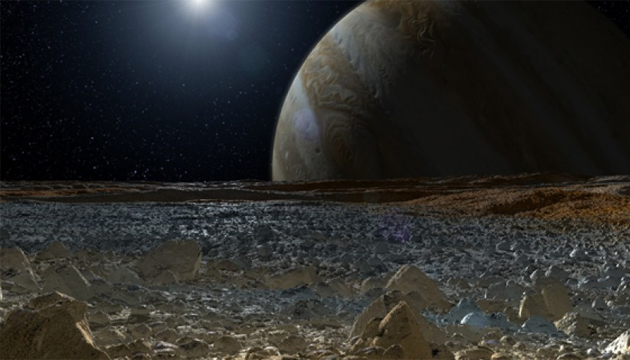
The planet Jupiter is once again a source of surprise and wonder to many a night-sky-gazer, as it has been many times since before recorded history, refreshing the age-old human experience of this bright celestial beacon as a “wandering star” ever on the move among the stars. Jupiter forms one vertex of a triangle with the stars Castor and Pollux—the twins of Gemini–high in the eastern sky.
I have received more than a few emails and phone calls from inquisitive people prompted by the sighting of a “UFO” high in the east. None of them suggested that they had seen a flying saucer, but were nevertheless mystified. In fact a couple of people were quite insistent that the apparition was certainly not a star or a planet.
I understand the feeling; the same thing happened to me in my teens when I happened to look up one night and see, as if for the first time, the star Sirius, the brightest star in the night sky. It was so bright, and flashed prismatically with so many colors as its light sliced through Earth’s atmosphere, that I could barely believe I was looking at a normal star.
When we look up and see something we may not have noticed before, or which may be presented in an unusually prominent situation, we can be quite puzzled by what we are viewing–even though it might be something we have seen before, but in a different light. Even as our brains try to classify the object–as a bright planet, a bright star, or maybe even an exploding star (which is one of the possibilities I assigned to Sirius on that night long ago)–the wonder and awe we feel can be electrifying.
It was 404 years ago this week that Galileo Galilei experienced the puzzlement and awe of a new celestial wonder—and in this case it was truly something that neither he nor anyone else had ever beheld. The invention of the telescope was brand new, and its use as a tool to scry the hidden secrets of the heavens even newer, Galileo being the first to do so.